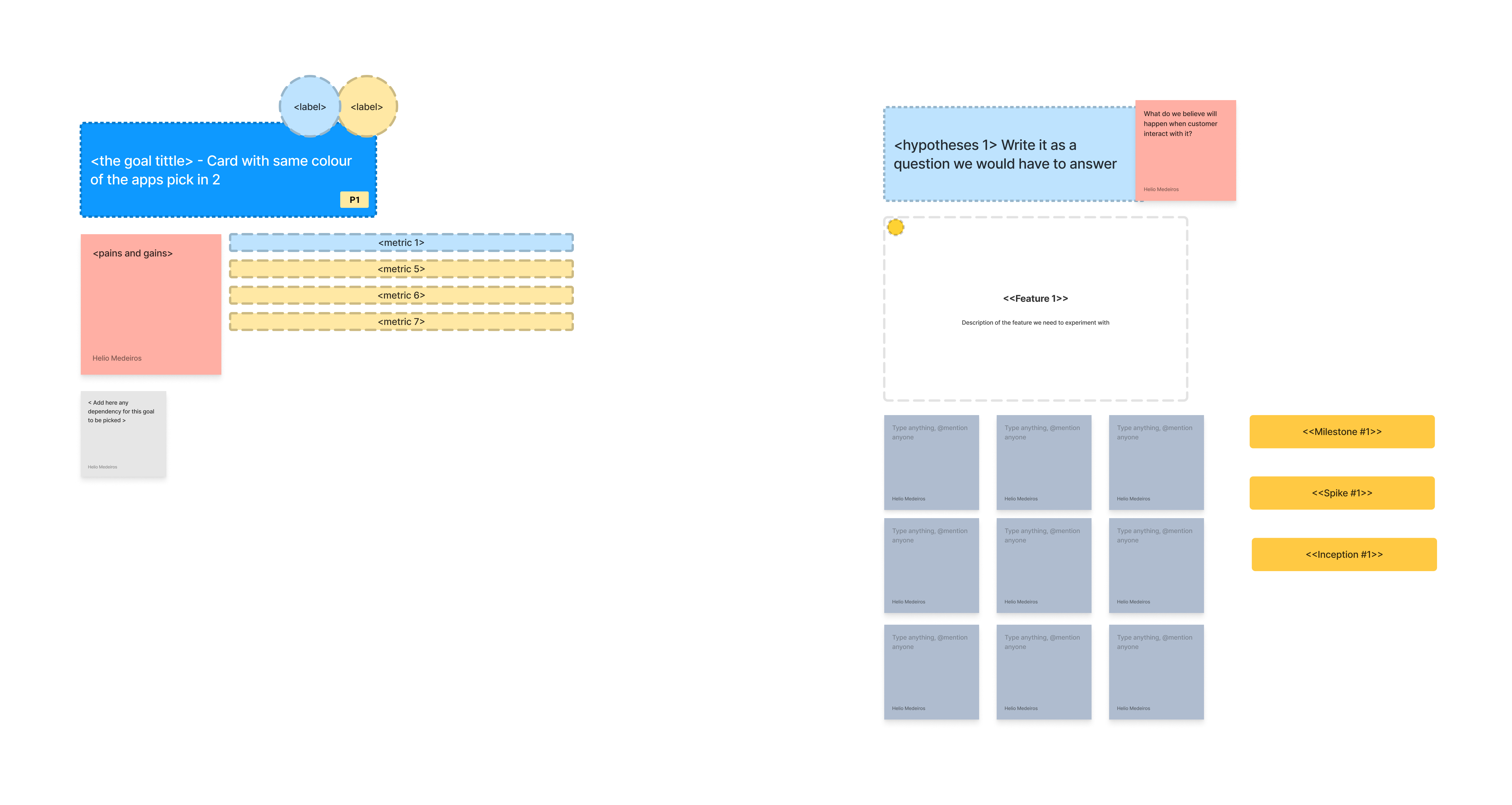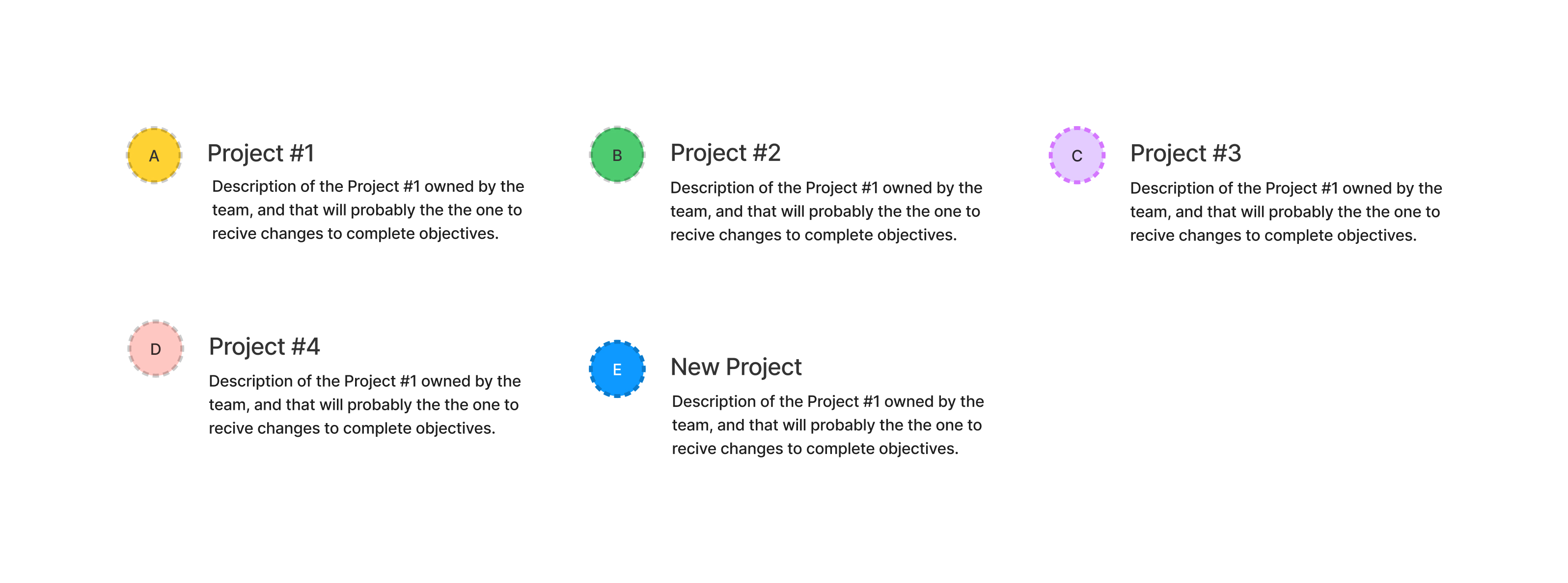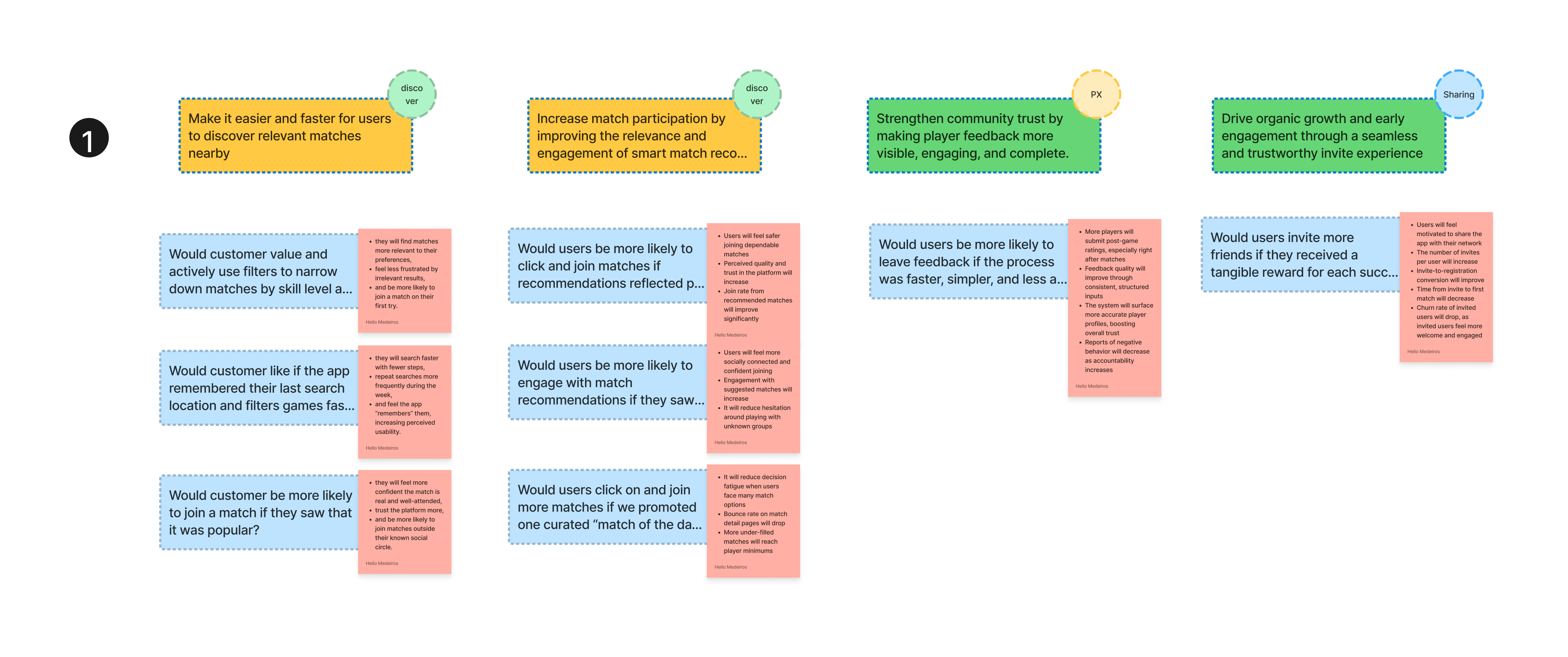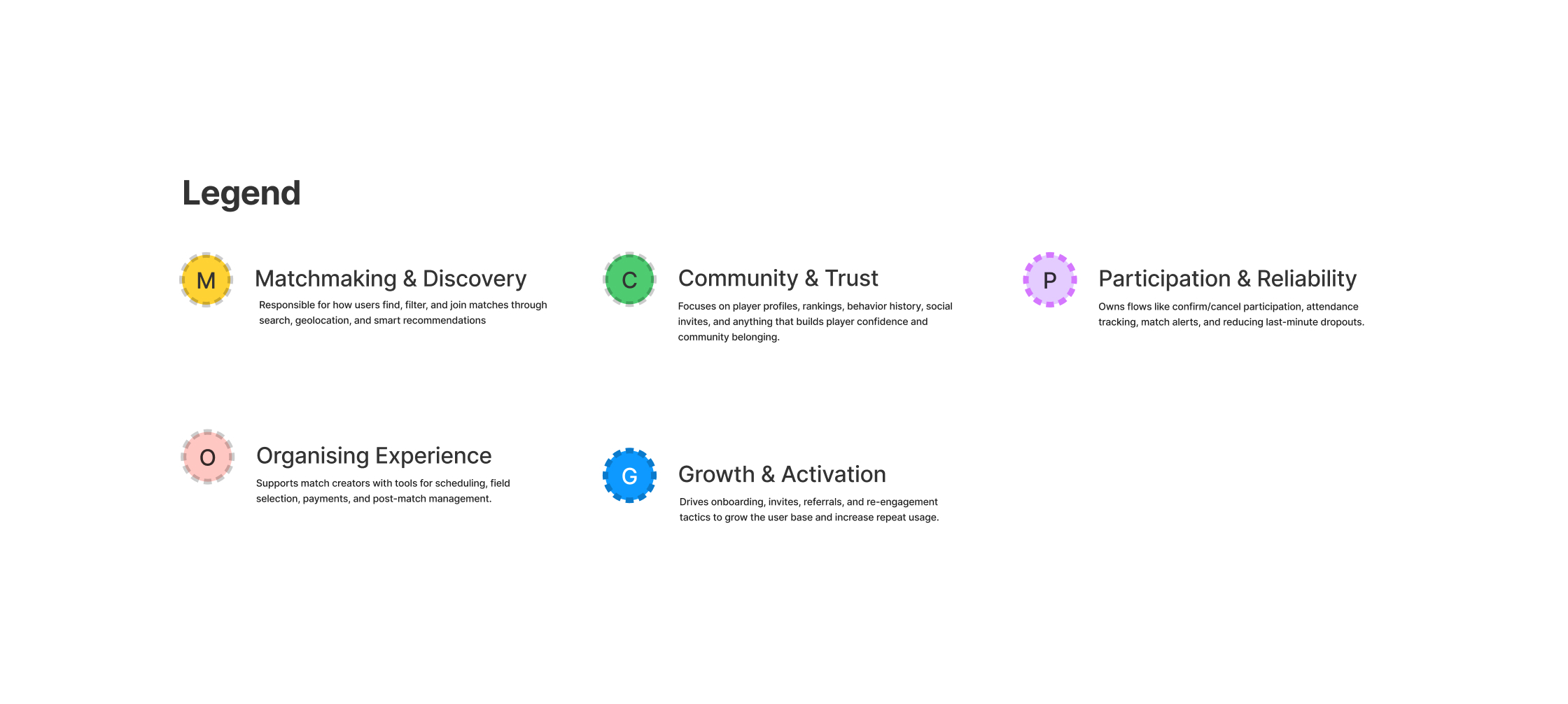1. From Hypotheses to Actionable Milestones
After Session #1, the team walks away with draft Objectives, Key Results, and a set of hypotheses. Session #2 takes that intent and makes it operational. It’s the moment where bets become plans—where ideas gain weight through real milestones, epics, spikes, and experiments.
This session is not about locking timelines. It’s about identifying the essential work that will validate our assumptions and move us closer to our goals. It’s where empowered teams, connected to the leadership vision, use their product, customer, and tech insight to answer: “What do we need to ship, test, or build confidence in?”
This session should be executed after Session #1 to turn OKR hypotheses into structured work, and before planning to enable accurate estimation & sequencing.
This is how product teams avoid roadmap theatre—by grounding every commitment in learning, not wishful thinking.
Session Overview
Total Duration: 75 minutes Participants: 4-8 team members + 1 facilitator Materials: Collaboration board (Miro/Figma), colored sticky notes, breakout rooms for pairs
| Activity | Duration | Purpose |
|---|---|---|
| Start With Context | 10 min | Review objectives and hypotheses from Session #1 |
| Team Mapping | 15 min | Identify team-owned features connecting to OKRs |
| Silent Ideation | 15 min | Individual milestone brainstorming per hypothesis |
| Read & Cluster | 15 min | Share ideas and group similar milestone concepts |
| Milestone Validation | 15 min | Categorize by type and validate hypothesis links |
| Prioritization | 5 min | Vote on most critical milestones for focus |
📋 Official OKRA Templates: Get the Figma board with all session templates and canvases.
2. Workshop Flow: From Objectives to Milestone Candidates
The structure we follow is collaborative and layered:
- Start With Context — A stakeholder or facilitator presents each Objective and its linked hypotheses.
- Team Mapping — In pairs, identify features, tools, or initiatives your team owns that connect to the OKRs.
- Silent Ideation — Each person writes down possible milestones that would prove or validate a hypothesis.
- Read & Cluster — Share ideas, group duplicates, and refine overlaps.
- Milestone Validation — For each grouped milestone, identify its link to the hypothesis, what type of work it is (epic, spike, etc.), and whether it unlocks or validates anything.
 Objectives to Milestones Canvas
Objectives to Milestones Canvas Team Initiatives Canvas
Team Initiatives Canvas Milestone Voting Canvas
Milestone Voting Canvas# Folder example
okra/
├── session-2/
│ ├── objectives.md
│ ├── hypotheses.md
│ ├── milestone-candidates.csv
│ └── clusters-and-types.md
Use cards, colors, or spreadsheets. The format matters less than the conversation.
3. Common Types of Milestones
Not every milestone is a feature. Many of the best ones are validation mechanisms. Here’s how we categorize them:
| Milestone Type | Purpose | Examples |
|---|---|---|
| Epic | A major initiative, often multi-sprint | Build friend-invite reward system |
| Spike | Small, time-boxed research or validation | Explore new ranking algorithm |
| Enabler | Platform or infra precondition | Set up match history API cache |
| Signal Test | Experiment to validate behavior | Run A/B test on search filters UX |
A good milestone reduces uncertainty. A great one drives decision-making.
Milestone: Email-based match feedback form
Type: Epic
Hypothesis: If we make feedback easier, more players will submit ratings
Link: KR3 of Objective "Build trust through match experiences"
4. Facilitation: Make It Collaborative, Not Performative
Here’s how we structure the session to remain fast and participatory:
- Present team’s Objectives and hypotheses
- Ask each pair to map their team scope against OKRs
- Silent milestone writing (1 idea per card)
- Group cards by theme/hypothesis
- Walk through each cluster: add missing ideas, remove noise, assign types
- End with prioritization: each person votes on most critical milestones
Use techniques like:
- Divide and Conquer (for mapping owned features)
- Tell and Cluster (for grouping ideas)
- Voting (to focus execution capacity)
Keep energy high. This is not backlog grooming—it’s directional alignment.
5. What You’ll Have at the End
This session will not give you a Gantt chart. It gives you a strategic inventory of work. That includes:
- A validated list of Objectives, refined from Session #1
- Clusters of milestones mapped to hypotheses and outcomes
- A prioritized view of where the team should focus to learn the most
 Session Objectives Canvas
Session Objectives Canvas Team Initiatives Mapping
Team Initiatives Mapping Feature Breakdown Canvas
Feature Breakdown Canvas Milestones & Spikes Classification
Milestones & Spikes Classification Priority Voting Results
Priority Voting ResultsObjective: Drive growth through social sharing
Milestone: Enable sharing from match details with referral tracking
Type: Epic
Hypothesis: If users can share with attribution, they'll invite more friends
You’ll now be ready to enter planning with a sharper sense of scope, evidence, and purpose.